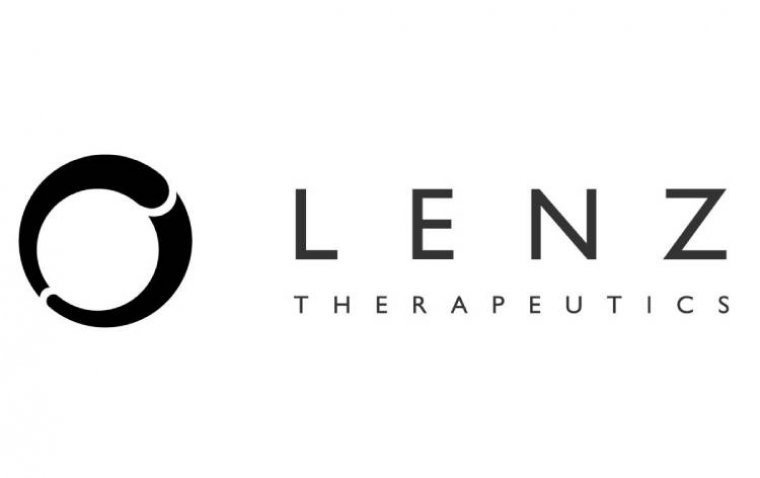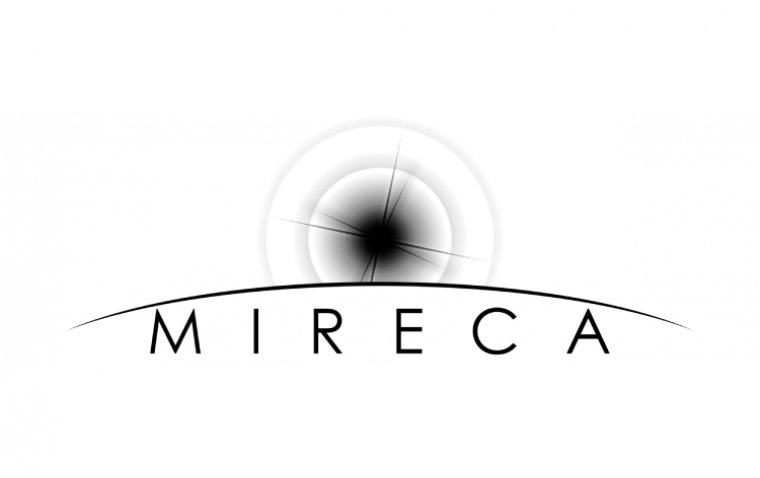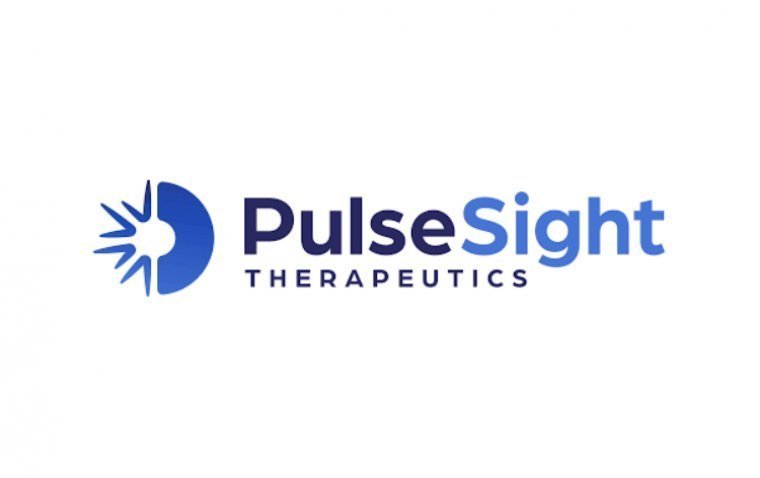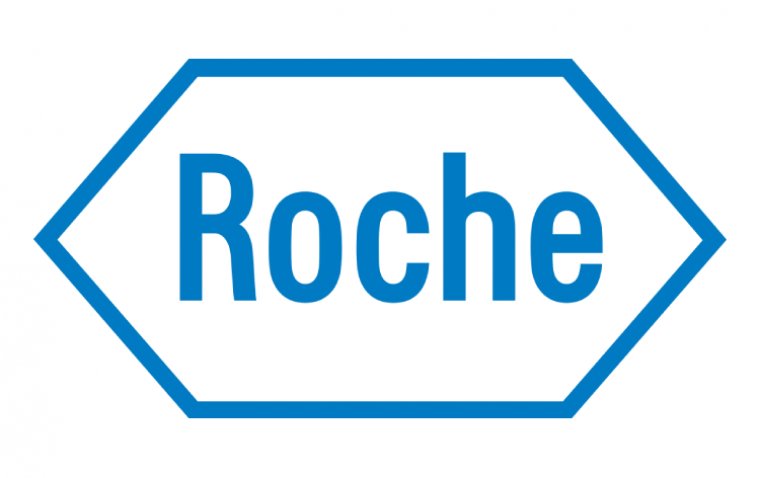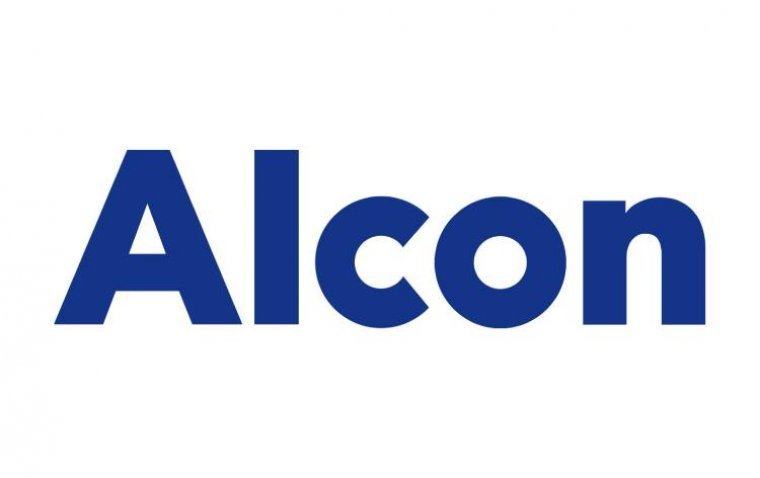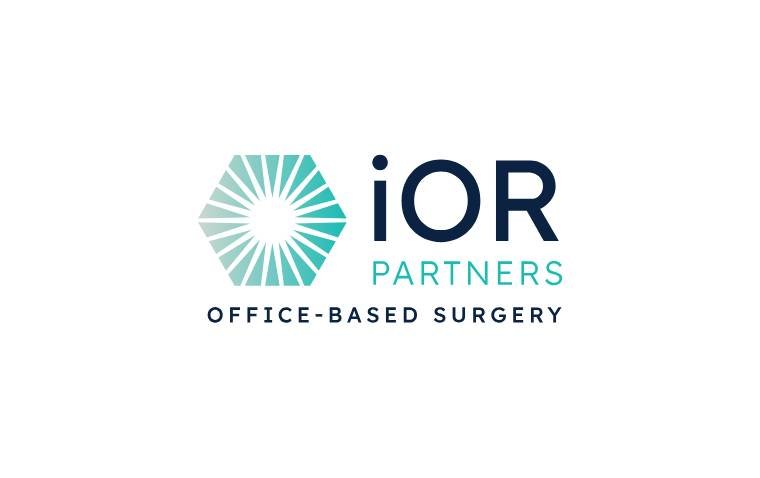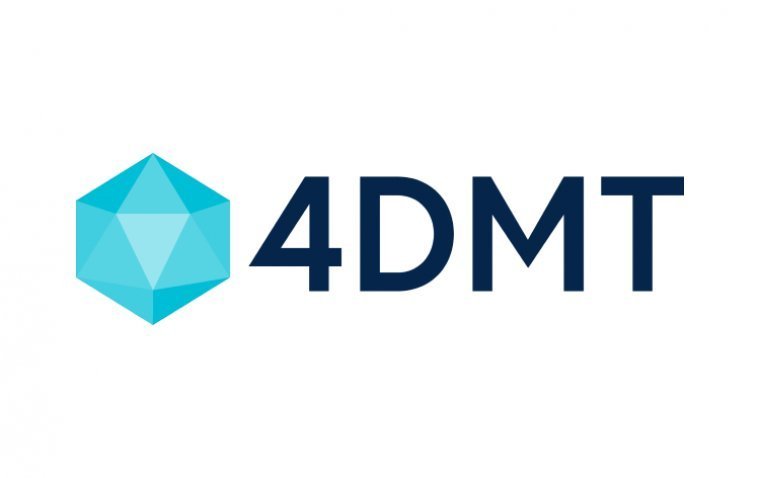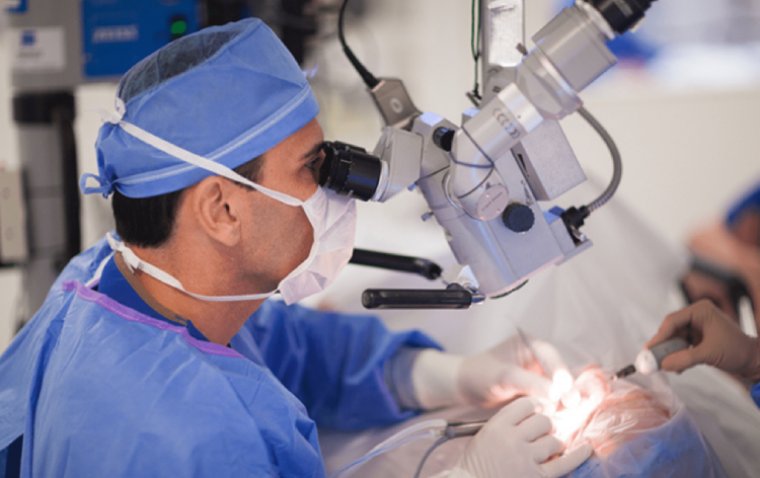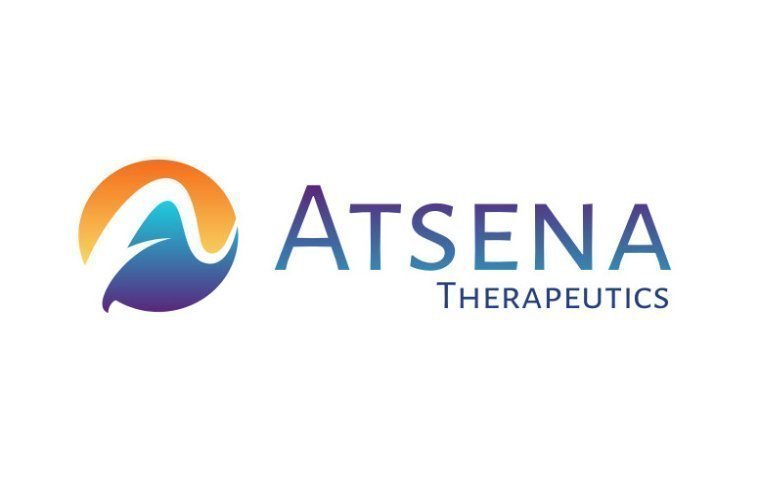
Atsena Therapeutics Receives FDA RMAT Designation for Gene Therapy Targeting X-Linked Retinoschisis
Atsena Therapeutics has announced that the U.S. Food and Drug Administration (FDA) has granted Regenerative Medicine Advanced Therapy (RMAT) designation to its investigational gene therapy, ATSN-201, for the treatment of X-linked retinoschisis (XLRS).
About ATSN-201 and AAV.SPR Technology
ATSN-201 is a gene therapy candidate that utilizes AAV.SPR, Atsena’s proprietary spreading capsid technology. This platform is designed to deliver therapeutic levels of gene expression specifically to photoreceptors in the central retina, without introducing the surgical risks associated with foveal detachment. The therapy targets mutations in the RS1 gene, the underlying cause of XLRS.
RMAT Designation: Accelerating Development of Regenerative Therapies
The RMAT designation, established under the 21st Century Cures Act, is granted to regenerative medicine therapies intended to treat, modify, reverse, or cure serious or life-threatening conditions. To qualify, a therapy must also show preliminary clinical evidence of potential benefit in addressing an unmet medical need.
RMAT status offers several regulatory advantages, including:
• Early and frequent FDA guidance on drug development
• The possibility of using surrogate or intermediate endpoints
• Options for accelerated approval pathways
• Potential for priority review of a future Biologics License Application (BLA)
CEO Statement: Advancing Treatments for Inherited Retinal Diseases
“We’re honored that the FDA has granted Regenerative Medicine Advanced Therapy (RMAT) designation to ATSN-201, further underscoring its potential to address the urgent, unmet need in XLRS—a rare inherited retinal disease with no approved treatments,” said Patrick Ritschel, Chief Executive Officer of Atsena Therapeutics.
“This regulatory momentum, coupled with the recent close of our oversubscribed $150 million Series C financing, reinforces our commitment to advancing meaningful gene therapies that have the potential to improve vision and quality of life for individuals living with XLRS and other inherited retinal diseases.”
Ongoing Clinical Trial: The LIGHTHOUSE Study
The safety and tolerability of ATSN-201 is currently being evaluated in the LIGHTHOUSE study, a Phase 1/2, dose-escalation and dose-expansion trial. The study involves male patients aged 6 and older diagnosed with XLRS due to RS1 gene mutations.
Unmet Needs in X-Linked Retinoschisis
XLRS is a rare, inherited retinal disease typically diagnosed in early childhood. It affects approximately 30,000 males across the United States and the European Union, and currently, no approved treatments are available.
(1).jpg)
